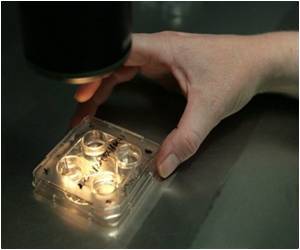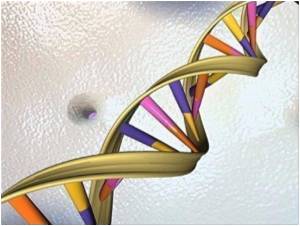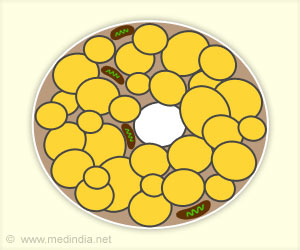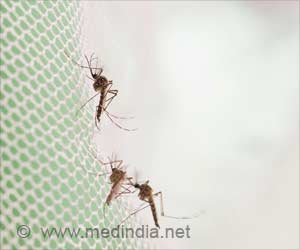New research from Rice University and Italy's Eugenio Medea Scientific Institute is yielding clues about hereditary spastic paraplegia (HSP), a group of
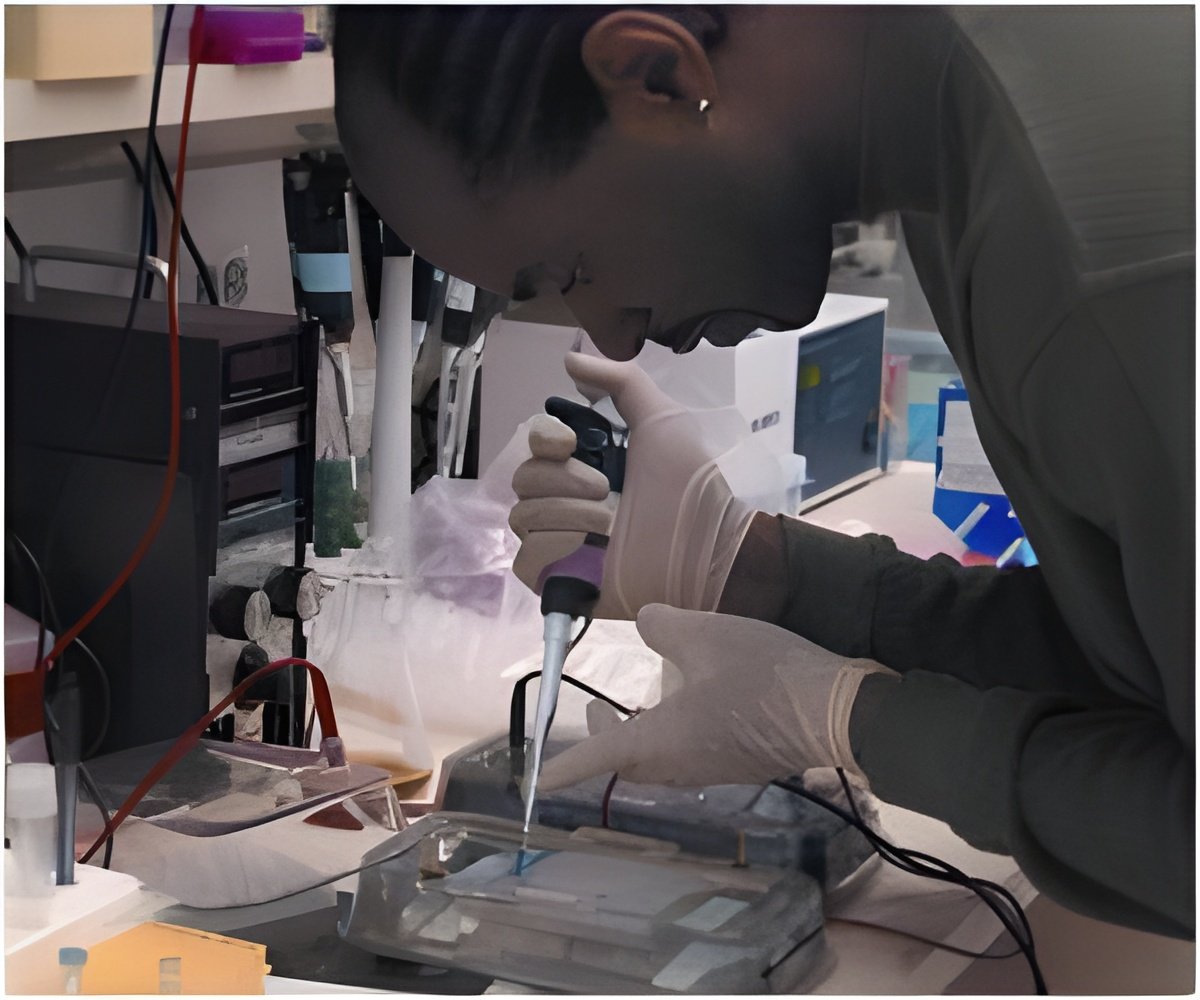
"We discovered a couple of years ago that atlastin plays a key role in building and maintaining an important internal compartment of healthy cells called the endoplasmic reticulum," said Rice biochemist James McNew, lead co-author of the new study. "HSP is known to primarily affect long nerve cells that can stretch from the lower back all the way to the base of the leg. It appears that atlastin plays a particularly crucial role in maintaining the health of these cells, and we want to know why."
McNew, associate professor of biochemistry and cell biology at Rice, and Andrea Daga, a scientist at the Medea Institute, determined in 2009 that atlastin was one of the rare breed of proteins that can cause membrane fusion.
"Membrane fusion is a fundamental process involved in many cell functions, but only a few proteins can initiate it," McNew said. "Until 2009, we thought all membrane fusion proteins operated in the same basic way. Atlastin was completely different because it's an enzyme that utilizes chemical energy to drive fusion. We really had to start from scratch to determine how it worked."
Membranes are both the brick walls and the zip-lock bags of microbiology. Every living cell is encased in a water-tight membrane of fatty acids, and all of the cell's interactions with the outside world are mediated by what can and cannot pass through that membrane. When a virus invades a healthy cell, it uses membrane fusion. When a sperm fertilizes an egg, it uses membrane fusion. Membranes are also used inside the cell, where they serve as biochemical reaction chambers, as cargo containers and as pipelines.
To find out how atlastin initiates membrane fusion, McNew, Daga and colleagues conducted experiments involving the fruit-fly version of atlastin, which is remarkably similar to the version found in humans. By selectively disabling portions of the protein and examining how those modifications affected atlastin's ability to promote membrane fusion in the test tube and cell cultures, the team gradually built a picture of how atlastin works. They found that pairs of atlastin proteins, each of which is anchored in a separate membrane, can bind to one another when both partners are functional enzymes. That action draws the separated membranes together and allows fusion to occur.
Advertisement
"Atlastin has a fairly short tail, which protrudes from the site where the protein is anchored into the membrane," Daga said. "When we deleted this tail, we found that the protein could not stimulate membrane fusion, even when the two copies bound together normally."
Advertisement
"This study, as well as work by others, suggests the area of the cell where atlastin promotes membrane fusion, the endoplasmic reticulum, is a good target for future studies into the causes of HSP," said McNew, a faculty investigator at Rice's BioScience Resesarch Collaborative.
Source-Eurekalert


